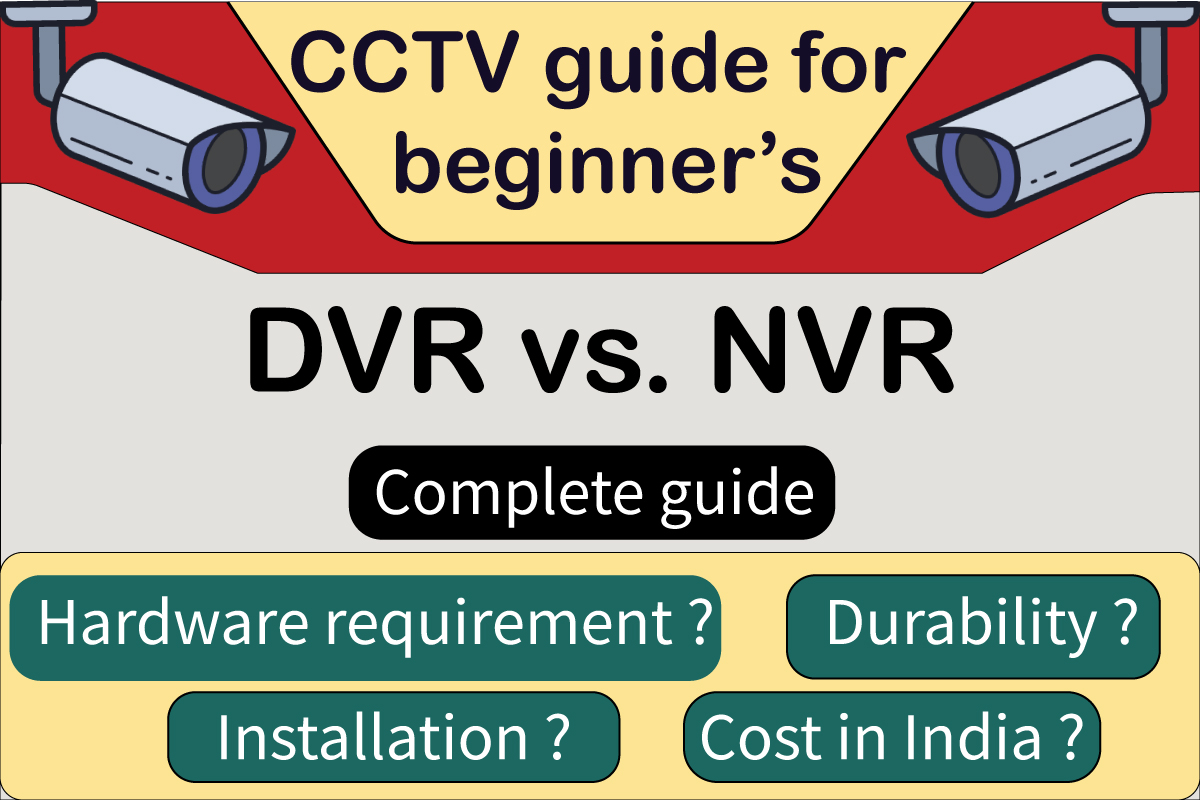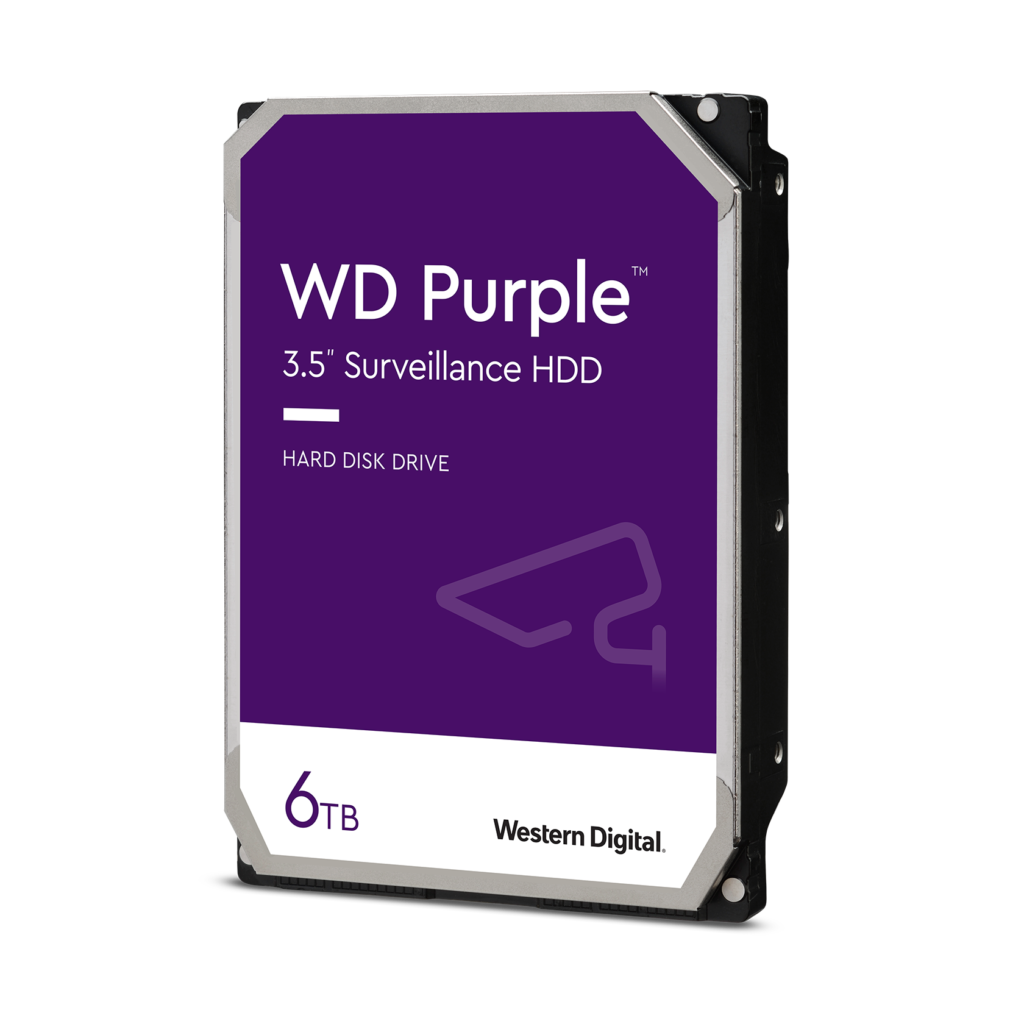A CCTV with 4 dome and 6 bullet cameras can cost under 30,000 rupees. CCTV camera cost in India & setup may depend on the technology of the camera. Primarily there are two technologies- DVR and NVR.
This article will cover both the DVR and NVR technology, the cost of setup, and also the details of the hardware. We will be covering topics like- types of CCTV cameras, the difference between DVR & NVR, Hardware requirements, Setup guide, and the functioning of CCTV technology.

CCTV camera cost in India & setup
Since we have two surveillance technologies- DVR (Digital video recorder), and NVR (Network video recorder) and hence the cost of both these systems has a huge difference.
- Click here to see the cost of the CCTV camera–
DVR cameras are most commonly used and are cheap when compared to NVR based cameras. A DVR camera is easy to set up since it uses a Coaxial cable connection while the NVR camera may become a confusing one for beginners as it uses an Ethernet cable (Internet cable) for operations.
If we talk about the price of the CCTV camera and its setup, then the DVR camera comes at half the price of the NVR camera. Both DVR and NVR cameras have different uses.
“If you searching for a low-budget camera for normal surveillance purposes then the DVR cameras are the best option to go with. Otherwise, if you want a surveillance camera with high-tech resolution and features like- face detection, number plate detection, clarity, and quality resolution then just go with the NVR cameras.”
Types of CCTV camera-
There are various types of CCTV cameras, list of the types of CCTV camera are as-
- Dome camera-
- Bullet camera-
- AI (artificial intelligence) camera
- Manoeuvrable camera
- Wireless camera
- Infrared/ heat sensor cameras
Dome camera–
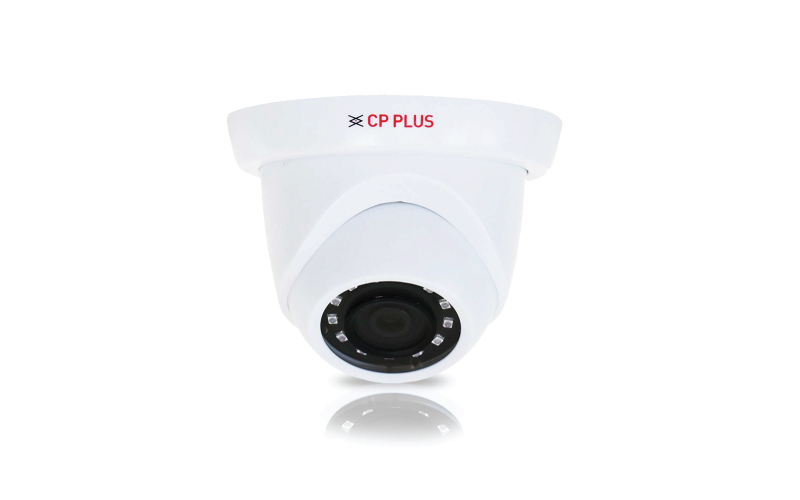
Dome cameras are often indoor cameras. These cameras are not suitable for the outdoor or open environment, as these cameras don’t have- UV protection, and waterproof protection.
However, these cameras also have night vision, and may also be attached with the external mic and sometimes they also come with the inbuilt mic.
Bullet Camera-
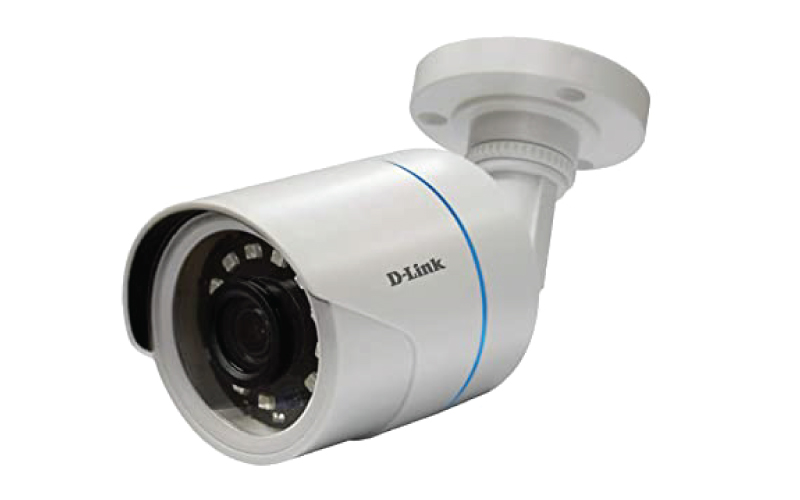
Bullet cameras can be used both indoors and outdoor. These cameras are specially designed for the open environment and have a better angle of rotation when compared to the dome camera.
These cameras have UV (ultraviolet) protection for the sunlight and these cameras also come with night vision support.
Wireless Camera-
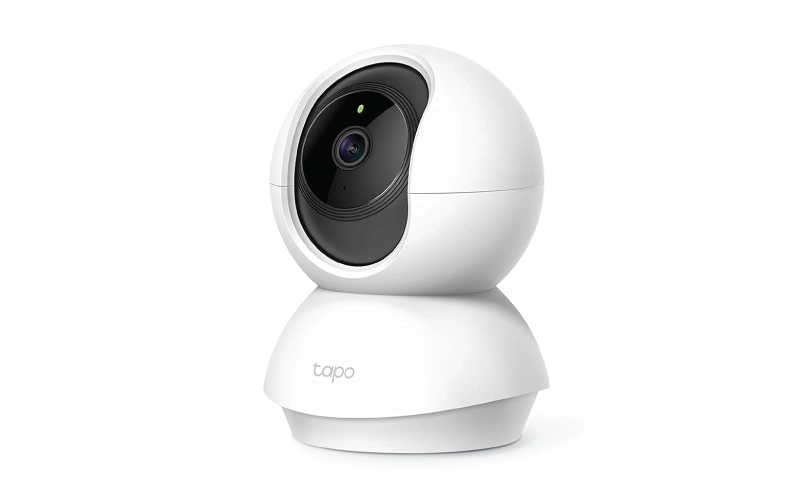
Wireless cameras come with both- Indoor and Outdoor variants. These cameras often share the recorded videos over the wifi connection and sometimes they also have the internal storage option and may also have the sd card slot.
This type of camera is the most modern form of a camera in the field of surveillance. Nowadays these cameras are equipped with internal batteries to power themself.
Infrared/ Heat sensor camera-
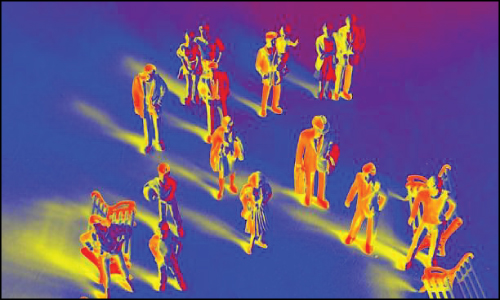
Infrared or heat-sensing cameras have a special sensor to see only the heat of the human body. These cameras can only see thermal images.
These cameras also have motion detection features along with heat-sensing capabilities. These types of cameras are often used in remote areas and can also be used in the field of medical to see the high body temperature.
DVR vs NVR Surveillance technology-

The work of both DVR and NVR is to record and save the video to the hard disk. But there is many difference between these two technologies, these differences are:
| DVR | NVR |
|---|---|
| Uses HD / Analog camera | Uses IP camera |
| BNC connector is used | RJ45 connector is used |
| Coaxial cables like- 3+1, and 3+4 are used | Ethernet cable is used |
| Video processing at DVR | Video processing at Camera |
| No external hardware required | External hardware like ‘POE’ switch is required |
HD vs IP (internet) camera

The work of both the cameras is the same, is to record video. But there is a lot of difference between these two- HD and IP camera.
HD camera– These HD cameras are analog cameras, which means they record the video and then encode the video into an electrical signal to transfer them over the co-axial cable.
HD cameras often come at an economical cost, but they have a life span of only 6 to 7 years. After 7 years there will be a decrease in the video quality.
IP camera– IP cameras have better resolution when compared to HD cameras. These cameras can perform video processing at the camera level. This means the IP camera may not require any kind of video processing hardware and these cameras can be directly connected to the PC, wifi, or router and can be streamed over the network.
However, these cameras come at an expensive cost and also require a POE switch to connect multiple IP cameras to the NVR. The requirement of NVR is only limited to the video recording, if there is no need for saved video then these cameras may be streamed directly over a network without the requirement of any hard drive.
Conclusion– Both HD and IP cameras may replace each other. Both these cameras are designed for some specific use. If you are planning to cover a large area then IP cameras will be recommended for you as they have better resolution, no quality loss because of Ethernet cable, and can be directly be connected to the internet to save cable cost without any use of NVR.
Whereas HD cameras are used for shops, home security, and specifically for less area coverage.
What is HD or DVR camera in detail?
HD cameras or DVR cameras are analog cameras and they only record video and then convert those videos to electrical signals, then send it back to the DVR through coaxial cable. The video decoding takes place at the DVR level and DVR reads and writes the data on the hard drive.
In the case of the DVR, the HD camera is directly connected to the DVR through a coaxial cable. A DVR or HD camera is a very simple device, it have two connectors- one for the DC power and the other connector have video and mic wire.
The HD or DVR camera requires a DVR box to process and save the video to the hard drive. The HD / analog camera will not work without a DVR.
These HD cameras use BNC connectors to connect to the coaxial cable. To power these cameras there will be a need for a DC power supply box. The connection of these cameras is simple, the camera have two wires, one of the wire have +ve and -ve and the other wire have video and audio wires. The DC wires will be connected to the DC power supply and the video & audio wires will be connected to the DVR by using BNC and AV connectors.
*Note- The distance between the HD camera and the DVR should not be more than 90 meters, otherwise there will be a lag in the video surveillance. If the distance is more than 90 meters then a device called “video balun” should be used.
What is an IP camera or NVR camera in detail?
NVR cameras are often known as IP cameras. These cameras have better resolution when compared to the HD cameras and these cameras may have tons of features like night vision, face detection, motion detection, and number plate detection.
The IP cameras come at an expensive cost just for a reason, since these cameras can process the video at the camera level. This means there will be no requirement of a DVR or NVR like box until you want to save videos to the hard drive.
The IP cameras can be directly be connected to the internet and video may be streamed over the network.
The IP camera also requires a POE switch and ethernet cable to transfer video and also to power itself. The RJ45 or ethernet cable will be connected to the camera at one end and to the POE switch to the other end. The IP camera gets the DC power from the POE switch via Ethernet cable.
The POE switch in the case of IP cameras is used for two reasons- for powering the cameras and for transferring the video of multiple cameras to the NVR.
Hardware requirements for DVR camera
Hardware requirements for the HD / Analog or DVR camera are as-
- HD camera
- BNC connectors (2 for each camera)
- DC power supply
- DVR
- Hard drive
- MIC (if required)
- mouse
- Coaxial cable like 3+1 for normal camera and 4+1 for cameras with motorised gimbal.
- Video balun (if the cable lenght exceeds 90 meters lenght)
DVR CCTV camera cost in India & setup –
The estimated cost of DVR CCTV camera and setup:
- HD camera – (1500 to 2000 rupee)
- BNC connectors (2 for each camera) – (300 to 500 rupee)
- DC power supply – (700 to 800 rupee)
- DVR – (3500 to 4500 rupee)
- Hard drive – (5000 rupee)
- MIC (if required) – (50 to 80 rupee)
- mouse – (200 to 300 rupee)
- Coaxial cable like 3+1 for normal camera and 4+1 for cameras with motorized gimbal. – (800 to 1100 rupee)
- Video balun (if the cable length exceeds 90 meters length)
Hardware requirements for NVR camera
Hardware requirements for the IP or NVR cameras are as-
- IP camera
- RJ45 or ethernet cable
- POE switch
- Mouse
- NVR
- Hard drive
What is the difference between 3+1 & 4+1 coaxial cable, and ethernet cables (RJ45)?
The main difference between 3+1, 4+1, and ethernet cables (RJ45) is- both the 3+1 and 4+1 are coaxial cables and they are used in HD or DVR cameras while the ethernet cable is used in IP or network cameras.
3+1 wire– The coaxial cable in the case of 3+1 have a total of 4 wires- one for video, one for mic, and two for the DC power.
4+1 wire– The coaxial cable in the case of 4+1 have a total of 5 wires- one for video, one for mic, two for DC power supply, and the last one for the rotary gimbal motor.
RJ45 or Ethernet cable– RJ45 or ethernet cable is considered best for CCTV cameras as it can serve with lots of wire and also the quality of the video remains lossless. The RJ45 wire have a total of 8 wires (4 pair of wires) in positive and negative combination.
Best CCTV camera brands
List of top 4 CCTV camera brands:
Best DVR and NVR brands
List of top DVR and NVR brands for CCTV:
How to calculate CCTV camera hard drive space?
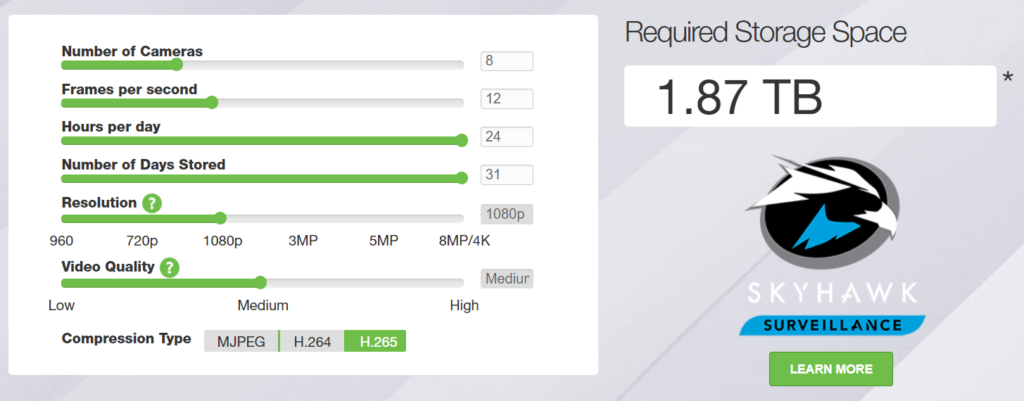
In order to calculate the estimated required disk space for the CCTV set up, you will first need to identify a few things, such as:
- Number of cameras
- Number of recording hours per day
- number of days stored
- Resolution of camera
- Video quality, and
- Compression type or video format
Click here for an online CCTV disk storage calculator.
Best hard disk for CCTV camera video storage
For surveillance purposes, the blue-colored hard drives are considered best. Since surveillance systems need to work 24X7, and hence there are chances that some of the components may face heat and burn-up.
So it is necessary to use the specified hardware for the surveillance systems. The blue-colored hard drives are primarily made for CCTV cameras since these hard drives have fewer vibrations, better cache memory, and are equipped with better cooling technology so they can read and write for the entire day.
Click here for WD CCTV hard drives and solutions.
Conclusion–
Primarily there are two types of CCTV camera technology in the market:
- DVR (Digital video recorder), and
- NVR (Network video recorder)
The cost of a CCTV camera will depend on the type of surveillance system. The DVR system will be economical for you while the NVR system will be an expensive choice to go with.
* The DVR technology comprises of –
- A DVR box for encoding, decoding and storage of the recorder video
- BNC connectors (2 for each cameras)
- An HD or analog CCTV camera
- Coaxial cable (Primarily 3+1)
- CCTV compatible hard drive
- Video balun (if cable length exceeds 60 to 90 meters)
- A DC power supply
- Mouse
- A mic if required
*The NVR technology comprises of –
- An IP camera
- A NVR for only reading and writing purpose
- Ethernet cable
- POE switch
- Mouse
- CCTV compatible hard drive (Not less than 7200 RPM)
The difference between the DVR and NVR camera is of- Quality and Cost. If you are planning to lash your home and shop with CCTV then DVR technology or HD cameras are best and economical, but if you want more in the quality and want to cover more area then just go with the NVR or IP camera as NVR will be efficient in covering the large distance since there is a huge quality difference between NVR and DVR cameras as 2 MP of IP camera will be more clear when compared to the 3 MP of the HD camera.
FAQ
Cost of CCTV camera in India.
The DVR camera consists of 4 dome and 6 bullet cameras may cost you from 27,000 to 30,000 rupees, and in the case of the NVR, the cost may become double or more.
DVR vs NVR.
Here DVR stands for – digital video recorder and NVR stands for the network video recorder. Both DVR and NVR are used for reading and writing the recorded data on the hard drive. DVR is compulsory for the HD camera setup while the NVR may or may not be used with the IP camera.
IP vs HD camera.
The main difference between the IP and HD camera is- the IP camera records and processes its video at the camera point while the HD camera needs the help of DVR to encode and decode the video. Also, the IP cameras are more clear in picture quality and more expensive when compared to the HD cameras.
Types of CCTV camera cable.
Types of CCTV camera cables are:
RG6 3+1 (CCA and CCS)
RG59 3+1
Coaxial 3+1
RJ45 or ethernet cable
Best hard drive for CCTV camera.
WD purple, 7200 RPM with 256 MB cache will be the best choice for the CCTV surveillance systems.
How to calculate the Hard drive space of a CCTV camera?
To calculate the estimated CCTV hard drive space requirement, search “Seagate online disk calculator”
What are the types of CCTV cameras?
Various types of CCTV cameras are:
Dome camera
bullet camera
thermal imaging camera
Wireless camera
AI and maneuverable camera
Is NVR better than DVR?
No, both DVR and NVR have their own significance. DVR is a cheap, budget-level option while NVR is a quality-level and expensive system.
Which camera technology is best for public transport and buses?
A DVR camera will be recommended for public transport like buses and public transport.
Difference between coaxial and ethernet cable.
The main difference between coaxial and ethernet cable is- the coaxial cable comes in a variant of 3+1, and 4+1, while the ethernet cable have a total of 8 wires (4 pairs, each with +ve and -ve). Also, the coaxial cable is used in the HD or DVR and ethernet cable is used in the IP or NVR based cameras.

